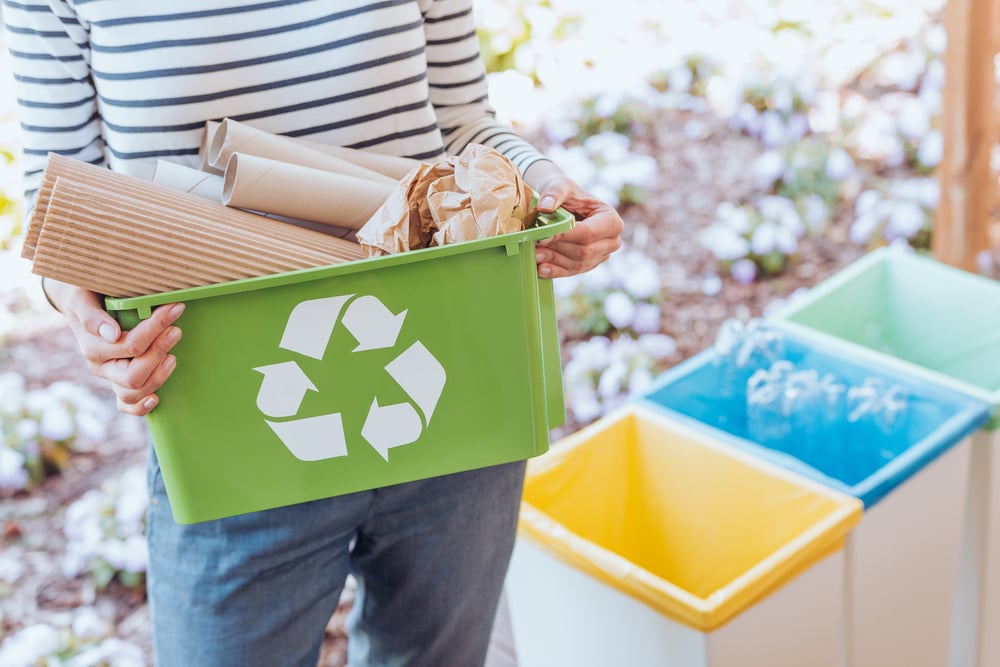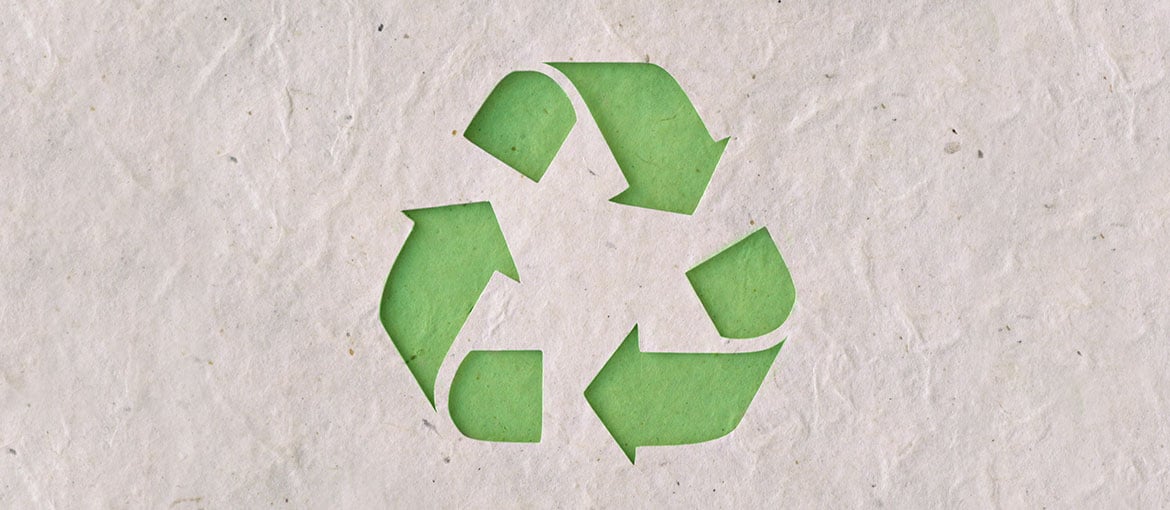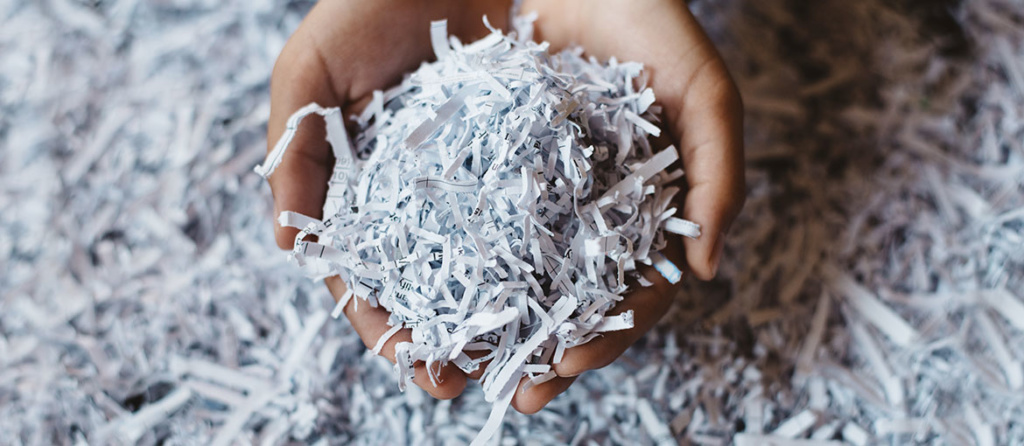The increasing focus on environmental sustainability by both businesses and consumers has extended to the paper and printing industry, prompting a closer look at the recycling process. This interest in making environmentally conscious choices has led to a curiosity about how paper recycling works and the possibility of creating recycled paper at home. This process is not only feasible for small projects or unique occasions but also offers the rewarding experience of producing one’s own paper.

Understanding Paper Recycling
Recognizing that nearly all cellulose fibers can be reused to produce new paper highlights the importance of the initial step in the recycling chain. Without diligent recycling efforts, the process cannot begin. Here’s an overview of how paper recycling unfolds:
- Collection: The journey starts with sorting waste conscientiously. Recyclable paper includes items like newspapers, magazines, printing paper, notebooks, flyers, clean tissues and napkins, cardboard, and more, excluding paper treated with paint, plastic coatings, or oil.
- Sorting: The first inspection separates recyclable fibers from non-recyclable items.
- Pulping: Approved paper is then compressed and shredded.
- De-inking: Ink is removed through chemical treatment.
- Pulping in Hot Water: The cleaned paper is broken down in hot water to form a pulp.
- Cleaning: The pulp undergoes a second cleaning to remove any remaining impurities.
- Refining: The fibers are then processed to enhance the paper’s strength and flexibility.
- Papermaking: A machine then turns the pulp into sheets of various thicknesses and sizes, resulting in new paper from old.
Recycled Paper Uses
Recycled paper can be transformed into various products like Eco-friendly business cards, postcards and invitations, flyers, posters, and tags. Choosing recycled paper for items that are often short-lived, such as flyers and invitations, is a significant step towards reducing waste. Businesses that opt for recycled paper often do so to align with their green principles and communicate their commitment to sustainability.
With advancements in recycling technology, recycled paper now closely matches the quality of non-recycled paper, making it suitable for a wide range of projects. The recycled paper symbol on products may surprise you, indicating just how prevalent and versatile recycled paper has become.

Making Recycled Paper at Home
The DIY paper-making process is straightforward and doesn’t require specialized equipment. Here’s a simple guide:
- Collect and shred used paper.
- Soak the shredded paper in boiling water, occasionally stirring.
- Blend the soaked paper with water to create a pulp.
- Strain the pulp using a homemade frame covered with a fine mesh or mosquito netting to form the paper sheet.
- Press the wet paper between pillowcases to remove excess water and allow it to dry.
- Once dry, carefully remove the paper from the fabric.
This video tutorial offers additional tips and demonstrates how to incorporate decorative elements like petals and dried flowers into your homemade paper.
Creating your first sheet of recycled paper is a memorable experience, even if it’s not perfect. The satisfaction of making paper from scratch is a unique and environmentally friendly endeavor.

